Horned violet: features, varieties and cultivation
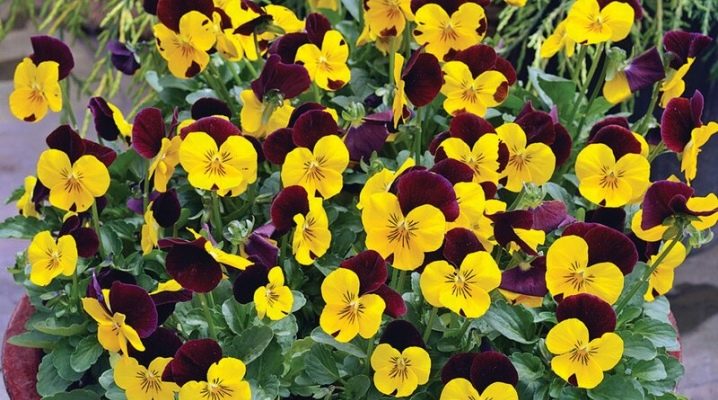
The violet appeared in the gardens of the inhabitants of Russia in the 17th century and since then has been considered one of the most popular flowers. Today, the horned violet can also be found on the windowsills of apartments or houses.


Description
Horned violet is a perennial plant and belongs to the Violet family. Many call it viola, as this word is translated from Latin as "violet". The height of this plant largely depends on its variety and ranges from 8 to 24 centimeters. The single violet flowers have a very delicate scent, as well as slightly elongated petals that look like miniature moths. They can be up to 5 millimeters in diameter. They are located on petioles. Its leaves are painted bright green and have an oval shape, sometimes with small teeth at the very edges.
In addition, this plant has sufficiently developed roots that grow rapidly. So, after a year, several bushes can occupy an area of 2 square meters. Each bush has a large number of flowers, some species have up to 60 flowers. Therefore, during flowering, they turn into a huge blooming carpet.
On the back of the buds and flowers there is a small horn-shaped outgrowth, which is why the violet was called “horned”.
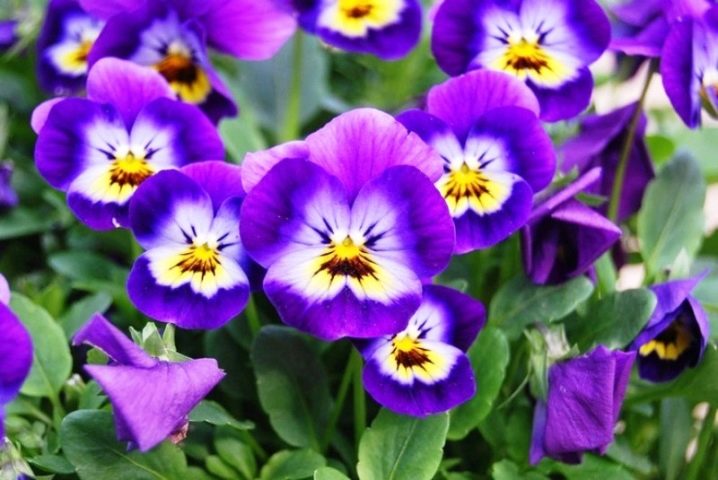
Violets are distinguished by a rather long flowering, which lasts from the beginning of May and ends at the end of September. However, she has the most magnificent and beautiful flowering in spring. In summer, especially in hot weather, the flowers become small, but by autumn they recover and become attractive again.
The color of violets is very diverse. They can be monochromatic, two- or three-color. The choice depends on the preferences of the gardeners. For example, you can take the pale lilac or bright orange variety, or give preference to the velvety purple varieties.



Varieties
There are a large number of varieties of horned violets, which differ a variety of colors.
- "Doll". This variety will thrive in the garden. The bush grows up to 10 centimeters in height. It is decorated with a mixture of colors with white and ruby tints, the number of which reaches 55 pieces. Flowering lasts from May to September. Most often, these violets are used to decorate alpine slides or plant them along the path.
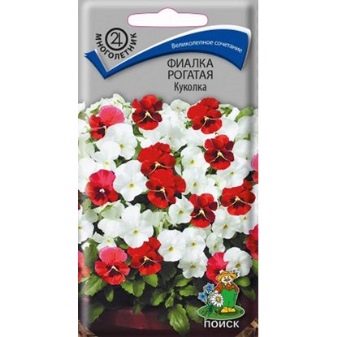
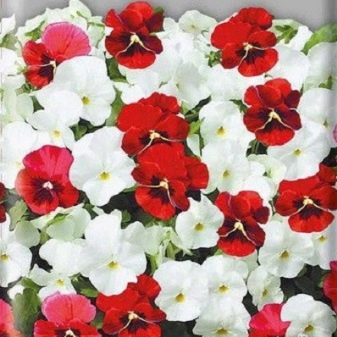
- "Perfection". It is best to grow such a plant in partial shade, where the soil will be quite fertile. The height of the bush usually does not exceed 14 centimeters, and its stems are capable of forming dense pads. The flowers are large, with a ruby tint, so this variety is sometimes called "ruby perfection". In addition, they have a rounded shape. On a small bush, up to 45-50 flowers can form at the same time.
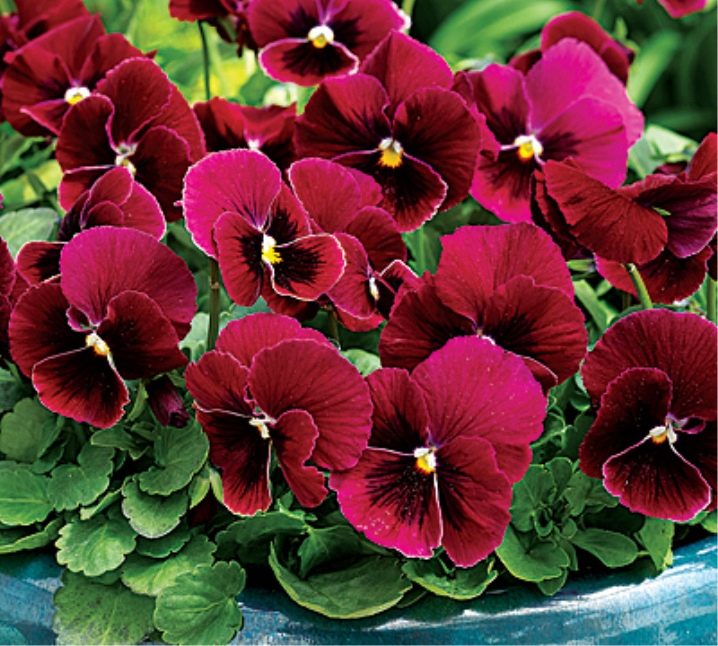
- "Johnny". This violet is often used to decorate gazebos or balconies. The flowers are very small, up to 3 centimeters in circumference and can delight their owners the whole summer, as well as the last month of spring. The plant consists of a fairly compact bush and tolerates cold well. In one place, this variety of violets can grow up to 4 years.

- "Gzhel patterns". The violet got this name due to its similarity with gzhel. The bush grows to a height of 18 centimeters and is decorated with beautiful violets, the color of which is white and blue. This beauty lasts from May to September.Very often, such violets can be seen in various compositions, for example, in alpine slides.

- "Yoke". This is a very beautiful plant that amazes with its unusual combination of colors. Flowers of this violet on one bush can be both white and orange. The plant itself is very small, up to 10 centimeters in height. However, at the moment of flowering, it creates a real carpet, consisting of a large number of flowers. At the same time, 60 violets can bloom on one bush at once.
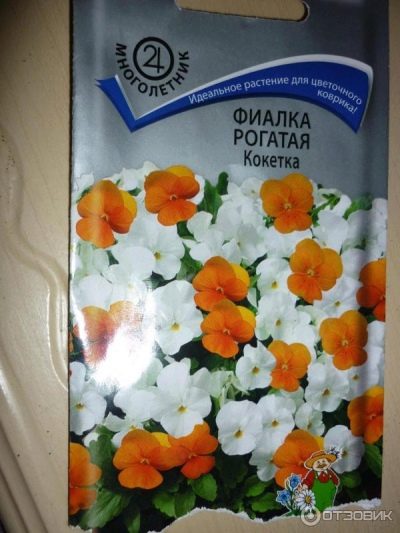
- Erlyn F1. It is a cold-resistant plant that does not grow taller than 10 centimeters. His flowers are heart-shaped and painted in a purple shade with a yellow eye in the middle. Very often, in addition to the decoration of flower beds, it is used in garden vases.
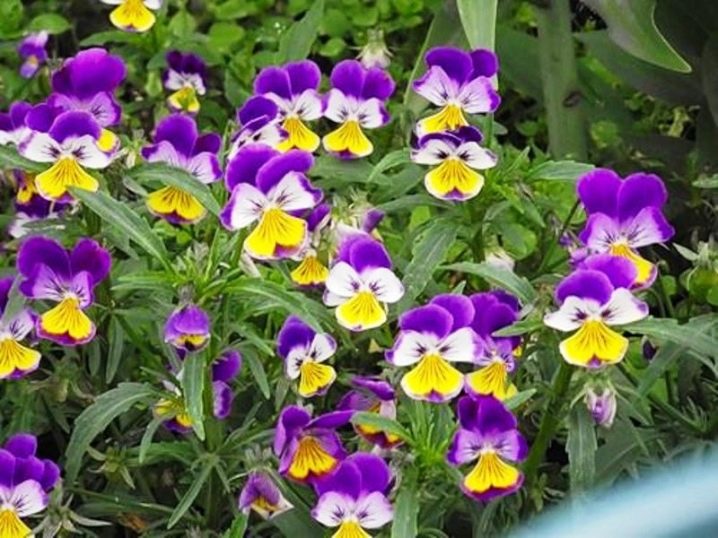
In addition to these varieties, it is also worth noting such as "Fashionista", "Penny", "Edmair Maxi Mix", "Sorbet", "Baby", "Veselaya Semeyka", "Bambini" and many others, which are also used for decorating homesteads plots.
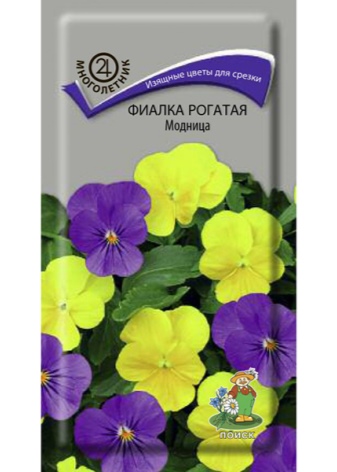
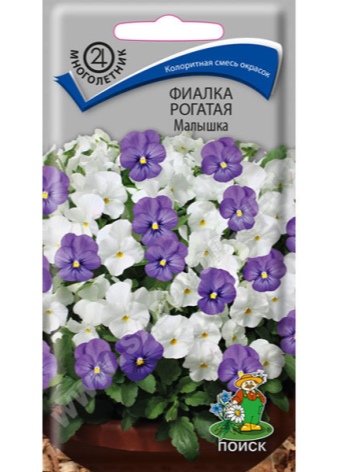
How to plant?
To grow horned violets, seeds are used that can be planted directly in open ground or on seedlings. The choice of method depends not only on the preferences of the gardeners, but also on their employment.
Seedling method
Using this method, sowing can be carried out as early as February. If you do this earlier, then the appearance of flowers will be earlier. To do this, you need a nutritious soil, which can be purchased at any flower shop or prepared yourself. In either case, the ground must be calcined in the oven before planting, and also treated with a foundation solution. This will protect the plant in the future from the appearance of fungal diseases.
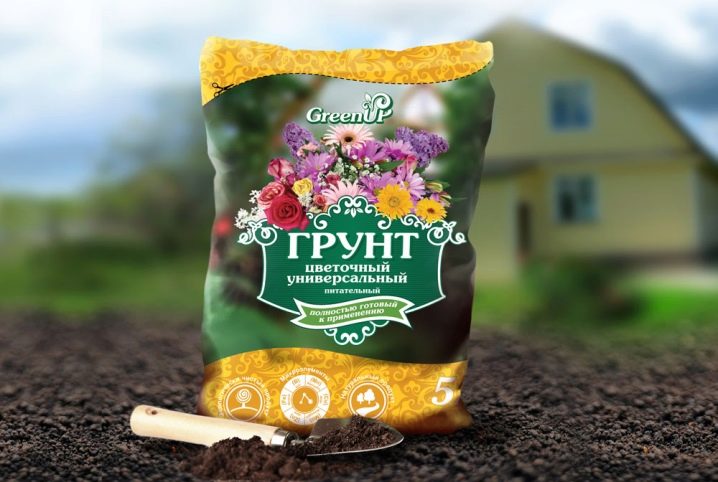
After preparing the land, you need to make small furrows in it and put seeds in them. The distance between them must be at least 1.5 centimeters. Then the planting material must be sprinkled with earth and watered using a spray bottle.
After that, the container must be covered with foil and placed in a place where the temperature will not be higher than 17 degrees. At higher temperatures, seed stratification will be much worse. When the first shoots appear, the container can be transferred to a well-lit place where the temperature should be within 21 degrees. When there are already four leaves, you can dive. The distance between young seedlings should be at least 6 centimeters.
The plant can be planted in open ground at the beginning of May.

In open ground
To grow violets in this way, seeds must be sown from early August to mid-September. It is best to use fresh seeds. Sowing takes place in the same way as for seedlings. When the "kids" get stronger, they can be transplanted to a permanent place. When flowers appear, they must be removed so that the plant does not expend the energy that will be needed for the winter. Already next spring, the horned violet will delight with flowering.

Care
This plant does not require special care, so its cultivation does not take much time for gardeners. It grows on any soil and multiplies quickly enough. She will feel best in places where there is partial shade or in the sun, but if there are taller plants nearby. When violets are planted in a too dark place, they will simply stretch, and their flowers will become smaller.

Watering these plants should be more moderate. After all, the plant can safely tolerate even a fairly strong heat. However, if the drought is too severe, the violet flowers will become small. The growth of violets will also stop.
Therefore, on hot days, if there is such an opportunity, it is necessary to spray the plants in the morning and in the evening.
Don't forget about fertilizers. They must be brought in twice a season: in the spring, during the period of active flowering, and at the end of summer. You can use both organic and mineral fertilizers. When using organic matter, it is worth adding only humus, and not fresh manure. In this case, the plant may burn out.

It is imperative to do a "haircut" for these plants, as they grow rapidly and their appearance becomes very untidy. It is also necessary to remove all wilted flowers, if the purpose of collecting seeds is not worth it. Violets tolerate winter well, as they are not afraid of frost. However, young plants must be covered using fallen leaves or spruce branches.
Reproduction
You can propagate a violet in several ways at once, which you should definitely familiarize yourself with.
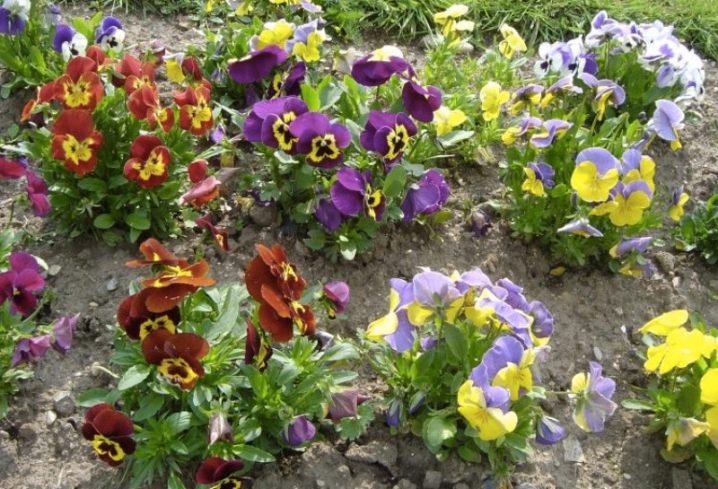
By dividing the bush
This option is quite simple and accessible even for an inexperienced person. The plant just needs to be dug up and divided into small fragments. Each of them must be with a spine.... After that, they must be planted in a well-moistened ground in a shaded place. Such bushes take root within two weeks.
Such reproduction can be carried out from spring to mid-summer.

Using layering
Another simple breeding option. It is enough to find one or more young shoots and simply attach them to the ground using any object, for example, a stag made from any branch or hairpin. These places are then covered with earth and watered from time to time. After a month, roots should appear in the places of the clothespins, which can be transplanted to a permanent place.
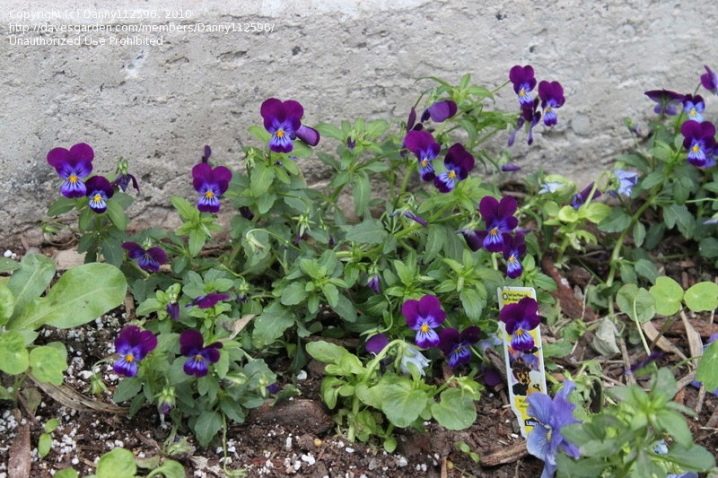
Using cuttings
Cuttings can be cut from early June to early July. Their length should be at least 5 centimeters and have 2 knots. After that, they must be planted in a container with soil prepared in advance and deepened by one centimeter. Next, it must be covered with foil and put in a warm place. From time to time it is necessary to water the cuttings. In a month, roots should appear, then young plants can be transplanted to their place of permanent residence.

Diseases and pests
Among the diseases that are inherent in violets, it is worth noting the following:
- powdery mildew;
- brown rot;
- gray rot;
- blackleg.
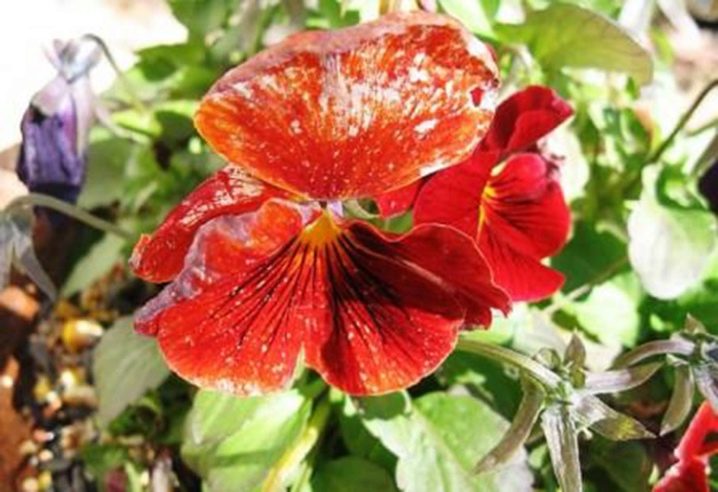
If diseases were noticed at an early stage, then the plants can still be saved. For this, special chemicals are used. However, if the onset of the disease is missed, then all flowers should be immediately destroyed.
Violets are attacked by slugs or aphids, as well as violet mother-of-pearl. To fight take off, you can use folk remedies and insecticides. Of the first, the most effective are:
- spraying with infusion of potato tops;
- spraying strong tobacco infusion around the bush;
- spraying with onion infusion.
Use in landscape design
The violet is perfect for planting in the garden, in hanging planters or for creating beautiful alpine slides. Most often it is planted in small groups. If it is planned to plant higher plants in the flowerbed, then the violet should be planted in the foreground.
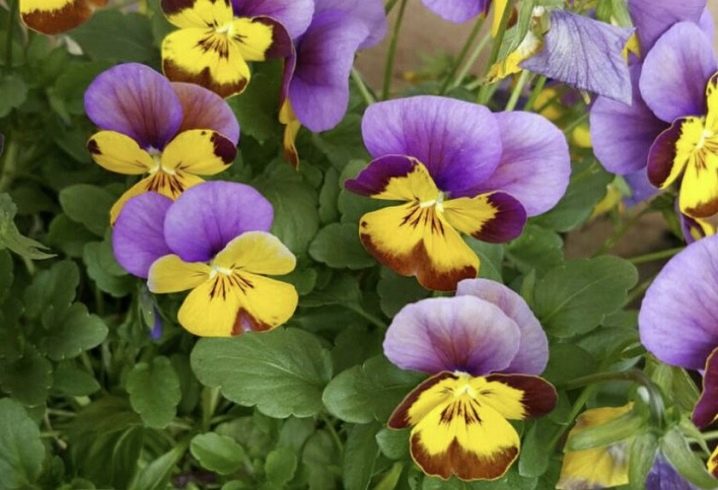
In the curbs
By planting violets around the sidewalk paths, you can admire them throughout the summer. In addition, you can experiment with different color schemes.


In hanging pots
Violets look great in beautiful flowerpots, which can be hung both on the veranda and on the balcony. In addition, in this way, you can even decorate a gazebo in the yard or in the garden.
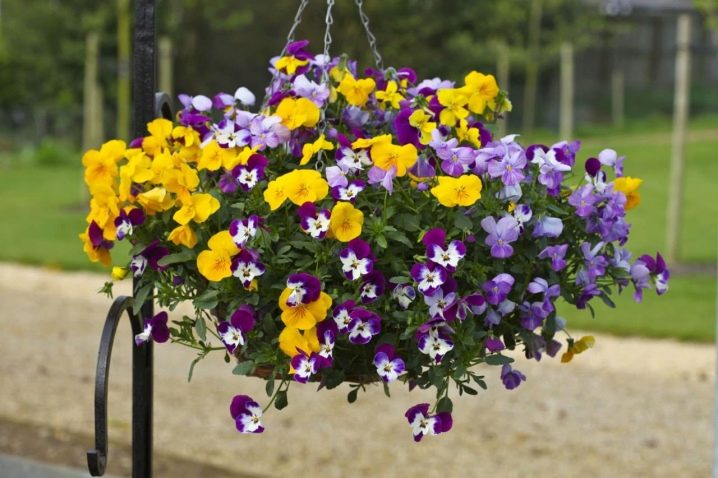
Such a magnificent plant as the horned violet is perfect for growing both in summer cottages and in personal plots. With its help, you can create real masterpieces of garden art, the main thing is that there is enough time and imagination for this.
For information on how to grow and care for horned violets, see the next video.































The comment was sent successfully.